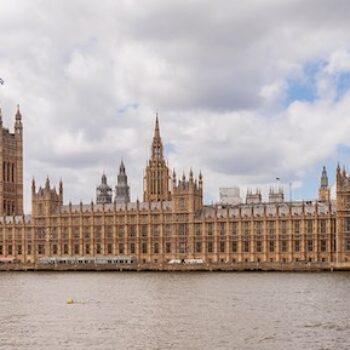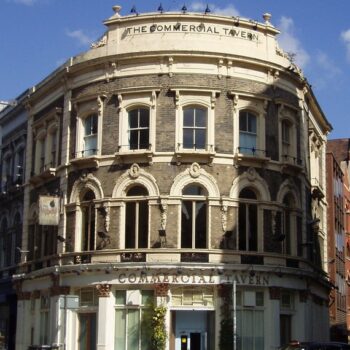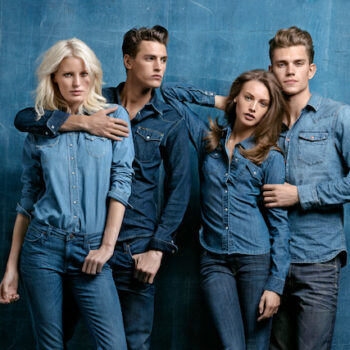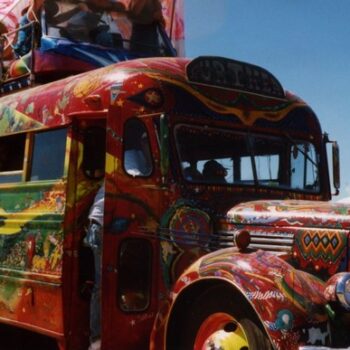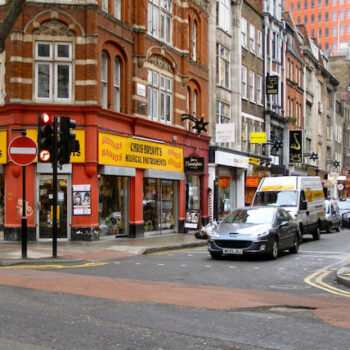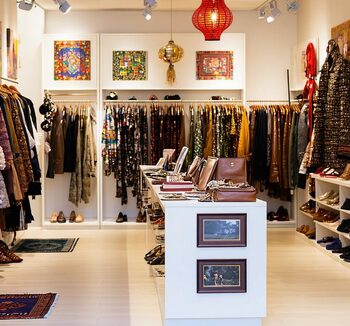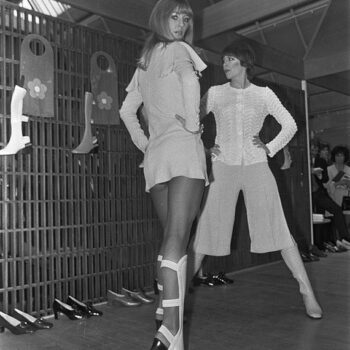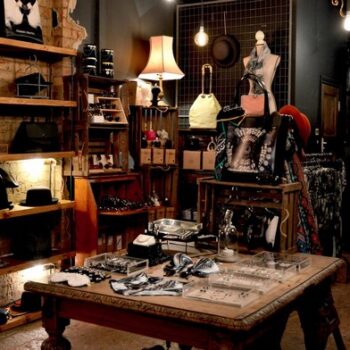How to find Recycled Clothing Boutiques in South West London
January 11, 2024Recycled clothing boutiques South West London are doing an excellent job in addressing the scandalous waste of the fashion industry. There is no need to buy new outfits when you can have a glance through some excellently curated selections of vintage or refashioned items. These are the kind of clothes shop that give design pieces a new lease of life.
South West London encompasses a huge area. Central parts of it include Westminster and Kensington and Chelsea, then further out is Kew, Richmond, Wimbledon, Battersea, Clapham and Streatham. Shopping in London can unearth a real treasure trove of vintage pieces for men and women, and you can expect to find ethical fashion clothing and accessories from high street vintage stores, charity shop, pre loved and hand made clothes boutiques.
Recycled Clothing Boutiques in South West London – What to do in Westminster?
There are lots of great things for visitors to do in Westminster. I don’t think anyone can go there and miss out on seeing Westminster Abbey. You can see it from the outside without going in, and it is just as breathtaking as you might hope. The intricate golden façade bears close scrutiny. If you think of each of those tiny arches being carved by hand – amazing. The Houses of Parliament are nearby. It’s better not to get too close to those, loitering around might get you accused of being up to no good. But you can pass right by on the bus. You’ll also clearly see Big Ben.
After that, it’s absolutely beautiful to go and take a look at the river. You can walk along the side of it to the South Bank, where there are loads of shops and cultural centres. The Hayward Gallery is nearby and a bit further along is the Tate Gallery. On the way you’ll see cafes, restaurants, and bookshops.
What to do in Kensington and Chelsea?
Visit the original Vivienne Westwood shop, of course! This is more the kind of place for Recycled Clothing Boutiques in South West London as well. Vivienne Westwood, as we all know, originally set up shop here in a tiny, grotty space on King’s Road. By some miracle, it’s still here, and named World’s End, after the name of the area. Such a strange and evocative name for a place which appears nothing like the edge of the world, or the end of the world as in the apocalypse.
The area is actually named after the World’s End pub, which is still there. But apparently back when it was named, it was far enough from London (London being smaller in those days) to seem like you are travelling to the ends of the earth. And as well as that it was pretty rough, so it might have been the end of your world, or your life if you weren’t lucky. And Wikipedia has it that “end” just means a field, so perhaps we are just talking about a field belonging to a man called World. World’s field.
Anyway, Westwood named a clothing range after it as well as her little shop, so she liked the name too. I would have liked to have seen the pub in any of its heydays. Last time I went in it was pretty posh, very nice, but posh, and lately it’s been closed, with poor sad plant dying in the windows. I feel sorry that when businesses move out, nobody seems to rescue the plants.
Recycled clothing boutiques South West London – What to do in Kew?
There is only one thing to do in Kew really – visit Kew Gardens. But that one thing is pretty big, right? Kew Gardens has a very long history – like Word’s End, it was once a field. In the early 16th century the field was owned by one of the courtiers who settled in Kew and built mansions there, so that they could easily visit King Edward I, whose residence was a manor house in Richmond (then called Sheen). The field eventually became gardens, and then part of the royal estate.
There are many structures at Kew. Perhaps the most famous being the huge greenhouse, called the Temperate House, which was built in the 19th century. It is an incredible piece of engineering, with its many small panes of glass securely held in place and ingenious mechanisms for controlling the temperature. Even older is the Palm House, which was the first large wroght iron building ever made. The panes of glass in it are all hand-blown. As well as the glass houses, there is a pagoda, a small palace, and more modern structures like the tree-top walk.
Amazing Plants

Recycled Clothing South West London – Kew Gardens.
And apart from the architecture, of course, we are here for the plants. There are massive collections of plants here, both indoor and out. There are over 50,000 living plants there. I suppose by this they mean big plants, ones that are put there deliberately. Because there must be just as many in my tiny garden, including the tiny weeds, grasses, and not even starting on mosses. Anyway, they have over 50,000 grand plants.
Kew is famous for protecting rare and threatened plants. One of its earliest incarnations was as an exotic garden, where plants from all over the world were brought and cultivated. And you know, in the days of long voyages in ships, keeping cuttings and seedlings alive wasn’t easy. And the knowledge of how to grow, say, an orchid from South America was a puzzle. So they had these greenhouses built to keep them warm and moist. Adventurers would travel the world on very dangerous trips to bring rare specimens back to England. These Kew and other collectors would buy, paying pretty highly. It was all very exciting.
Other people were more content to travel to dangerous and difficult to reach places and simply paint the specimens, leaving them where they were. In the National Archive at Kew are many such records. The botanical drawings are quite beautiful and worth a special visit. Recycled clothing boutiques South West London may be found along the way.





